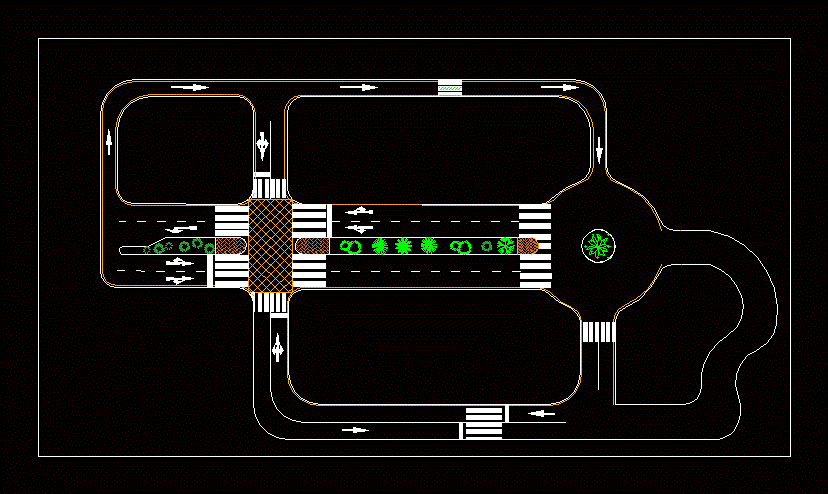
It depends on which audience you want the roadmap to be shared with.
Roadmap planner windows how to#
Whether to include dates and how to use them in the roadmap is often debatable, but with a sophisticated roadmapping tool, such as ProductPlan, their inclusion can be turned on and off. Most often this is to build consensus and get buy-in from stakeholders since a clear and visual medium is the most effective way to put the product’s direction into perspective. Roadmaps can be used by a variety of audiences for different purposes. Product roadmaps are really all about communication-they’re the perfect canvas for encapsulating the priorities and direction of the product. Product roadmaps are the ultimate communication tool Therefore, most items on the strategic roadmap should have corresponding success metrics that tie back to the KPIs defined by the strategy. It’s the output of prioritization exercises to align actions with strategic company goals. The roadmap is also not an exhaustive laundry list of features and enhancements. With a single view, everyone can see what’s currently in the pipeline and when they can expect it. Grouping stories and features by themes builds a logical narrative to ensure there’s real value with each release and not just incremental improvements spread randomly across the product. When well-constructed, they’re a powerful tool that is used for many purposes both within the organization and with external stakeholders. Roadmaps are intended to provide a strategic, big-picture view of where the product is headed. Instead, the organization’s strategy and goals should be the driver, with backlog items assigned based on their alignment with those overarching objectives. But the tactical nature of backlog items doesn’t provide adequate context to make those decisions. It might be tempting to have the backlog guide product decisions. There’s also not always a 1:1 relationship between roadmaps and backlogs in some cases, there may even be multiple backlogs linked to a single roadmap. Even though individual backlog items may shift in and out based on progress made and ongoing learning, the themes persist.

To provide adequate flexibility, basing the roadmap on themes instead of features provides valuable flexibility, since it’s not certain how far product development teams will get during execution. Roadmaps are directional, informative and used for communication and alignment, rather than offering specific instructions and deadlines. Although individual features may appear on the roadmap, it is generally focused on higher-level themes and goals. On the other hand, a strategic roadmap is, well, strategic. Then grouped into larger epics, assigned to individuals, and have their completion progress tracked.

And when handled in a sophisticated management tool such as Azure Boards, backlog items can also be assigned levels of effort. It’s a searchable, sortable list of tactical items that the product development team may be tasked with in the future. Let’s look at the unique characteristics of these two distinct tools and how they combine forces to create even more value.īacklogs and roadmaps are complementary elements of the product planning and development process, but they’re not interchangeable.Ī backlog is a repository for development tasks, including bugs, features, enhancements and behind-the-scenes improvements. Together they let you create a compelling visual roadmap that’s powered by the detailed data stored in your backlog. They work in lock-step to bring exciting solutions to the market as quickly as possible.

Product roadmaps and backlogs are two areas where product managers spend a lot of their time. This macro does not use the macro browser to set parameters. You also cannot add this macro via wiki markup or by editing the storage format directly.This post was contributed by Andre Theus from ProductPlan Add bar info: to provide more info or link a bar to a page.Date range: display the plan by weeks or months.Add lanes: to differentiate your teams or streams of work.Screenshot: Adding bars and markets to the Roadmap Planner macro in the editor. Set the start and end dates for the roadmap and choose to display it by weeks or months.Select bars to add links to existing pages, create new pages or add a description.Select lanes, bars and markers to add text, change colors and remove from the roadmap.Drag lanes, bars and markers to the desired location on the roadmap.You can then publish your page to see the macro in action. Add lanes, bars and markers as described below.Choose Roadmap Planner from the Visuals and images category.From the editor toolbar, choose Insert > Other Macros.


 0 kommentar(er)
0 kommentar(er)
